Are you wondering if there are any downsides to kayaking?
After all, kayakers seem to be having nothing but fun as they enjoy their favorite outdoor environments.
Injuries to your back and shoulder are always possible if you experience an accident or forget to use proper form, but you might be curious about what else could happen.
Kayaking doesn’t typically cause hemorrhoids, but the watersports lifestyle does involve some behaviors that could increase your risk of getting them.
Paying attention to your body and taking steps to prevent this painful condition helps you enjoy longer and more satisfying kayaking adventures.
- What Are Hemorrhoids?
- What Are the Symptoms?
- Why Could Kayaking Cause Hemorrhoids?
- Who Is Most at Risk for Getting Hemorrhoids?
- Can Kayaking Make Current Hemorrhoids Worse?
- Will My Doctor Say to Stop Kayaking?
- How Long Is Too Long to Kayak?
- What Should I Eat On My Kayaking Trips?
- What If I Need to Use the Bathroom On An Adventure?
- How Can I Stay Comfortable While Kayaking?
- Conclusion
- You Might Also Like…
Disclosure: this post contains affiliate links (clearly marked with ), which means we may earn a commission if you buy something through them, at no additional cost to you.
What Are Hemorrhoids?
The first thing you need to know about this condition is that everyone has hemorrhoids.
The rectal and anal canal is lined with veins that supply blood flow to this region.
When you hear someone say that they have hemorrhoids, what they really mean is that these veins are inflamed.
This can happen due to any changes within your body that restrict blood from flowing into and out of these veins.
For example, placing too much pressure on these veins can allow the blood to pool. This leads to swelling that is sometimes accompanied by other symptoms.
What Are the Symptoms?
A hemorrhoid can be internal or external. The symptoms that you might feel typically depend upon where the swollen vein is located.
External hemorrhoids tend to be the most painful since they lie on the outer anal area where irritation can occur from sitting, wiping after a bowel movement and being rubbed against your clothing or other skin.
An external hemorrhoid can sometimes form a blood clot. This can create a visible and bluish-colored lump.
A thrombosed hemorrhoid can generate severe pain. The clot usually dissolves within a few days, but it can also require surgical treatment to resolve the problem.
Internal hemorrhoids are usually painless unless they begin to extend, or prolapse, out of the anus.
They may bleed during or after bowel movements. Naturally, any bleeding that you notice from this area of your body should be assessed by a doctor.
Most of the time, it is caused by hemorrhoids, but it can also be caused by other health conditions.
Why Could Kayaking Cause Hemorrhoids?
Kayaking involves several different risk factors for developing hemorrhoids.
Being aware of them helps you take action to mitigate the effects that they can have on your body.
Since hemorrhoids are caused by pressure being placed upon the veins, you’ll need to be cautious about doing any heavy lifting.
Picking up and carrying your kayak counts as potential heavy lifting. Make sure to use your legs as you lift, and look for ways to reduce the strain it places on your body.
Having a buddy help lift your kayak onto the top of your car could save you discomfort down the road.
Prolonged sitting is another common contributor to the development of hemorrhoids.
You might not be able to stand up and walk around while you kayak, but you might want to try shifting your position every hour or so on long trips.
Stopping for a shoreline excursion is another option for adding some lower body movement to your adventure.
Delaying a trip to the bathroom can lead to constipation that tempts you to strain when you are using the toilet.
Try to use the bathroom any time you feel the urge so that your stool does not build up too much.
It might be tempting to try to avoid using the restroom when you are kayaking, but it is possible to do it in a way that is comfortable, private and safe for the environment.
Dehydration is an issue you want to avoid for many different reasons while you are kayaking.
Spending time in the hot sun on the water increases the rate of water loss from your body.
Hydration is important for giving your body the water it needs to form softer stools that are easier to pass.
Everyone’s water needs are different, but you should plan to drink about two to three cups an hour. From there, you’ll want to increase the amount if you anticipate hot kayaking conditions or heavy paddling work.
Water bottles work well for short kayaking trips, but you might want to try a hydration pack if you know you’ll be paddling for an extended period of time.
Filtration systems are also a good idea to bring along if you’ll be going on a multi-day trip in areas where you can drink the water.
Who Is Most at Risk for Getting Hemorrhoids?
About half of the U.S. population has experienced hemorrhoid symptoms of some type, and it is estimated that about 5% of people have them by the age of 50.
The risk of getting hemorrhoids goes up with age since older, weakened veins are less likely to be able to move blood through them properly.
Pregnant women are at higher risk for getting hemorrhoids because of the increased abdominal pressure that carrying a baby causes.
Women might also develop hemorrhoids after prolonged pushing during lengthy labors.
People who are overweight experience abdominal pressure that is similar to pregnant women.
Athletes also experience hemorrhoids when they engage in activities that cause them to strain their abdomen and lower bodies.
Kayakers fall into this category, and you might want to be extra careful if you also have any of the other risk factors.
Can Kayaking Make Current Hemorrhoids Worse?
For the most part, hemorrhoids respond well to self-care and lifestyle changes, but they can increase if you slack off on any part of your wellness regimen.
You might notice some irritation from external hemorrhoids when you are sitting, but your adventure should not make them worse as long as you follow the normal protocols such as staying hydrated.
Will My Doctor Say to Stop Kayaking?
Your doctor will most likely tell you to keep up your favorite sport as long as you are not suffering from severely eroded skin or an infection around your hemorrhoids.
Kayaking is a form of exercise, which is shown to help reduce the chances of dealing with hemorrhoids.
Paddling your kayak regularly helps to get your heart rate up and burns calories.
This can help with weight management, and it stimulates muscle strength and blood flow in your lower body that improves bowel functioning.
The only time that your doctor might ask you to stop kayaking is if you require surgery for the hemorrhoids.
Even then, you’ll only need to abstain from paddling to avoid having your surgical wound get wet or exposed to microorganisms in the water.
Most people can resume kayaking after their wound heals.
How Long Is Too Long to Kayak?
The answer to this question truly is up to your personal comfort.
Do you have hemorrhoids that hurt after a certain amount of time sitting?
If so, then plan the length of your trips around this.
If you do not currently have hemorrhoids, or yours don’t bother you, then feel free to kayak as much as you want.
What Should I Eat On My Kayaking Trips?
Snacks are essential for any kayaking trip that lasts an hour or more.
Choosing the right snacks can help you maintain the energy that you need to paddle, and some of the best ingredients for you to nibble on are also high in fiber.
There are several different types of fiber, and they all help to promote regular bowel movements with softer stools that are less likely to cause hemorrhoids.
Granola mixes that include oats, nuts and other high fiber ingredients are great to bring along.
If you worry about seasickness, then stuff whole wheat crackers in your food kit.
Energy balls are another favorite among kayakers. These can be made with oats, dates, flaxseed and other delicious sources of fiber.
What If I Need to Use the Bathroom On An Adventure?
Ignoring the urge to have a bowel movement can increase your chances of having constipation, which can lead to hemorrhoids.
The first thing to know is that you can do a lot to head off this problem before you leave for your trip.
Eating a high fiber diet and staying hydrated can help you to establish regular bowel movements.
When you know that you go first thing in the morning or right after dinner, you’ll have a better idea of when to plan your trips to avoid having to go outdoors.
Many lakes and other public kayaking areas often have restrooms that are available for visitors to use as needed.
Always make sure to identify the location of these restrooms so that you can quickly get to them if you need to have a bowel movement.
Even with the best of planning, sudden urges to go might still occur. If so, your list of options depends upon where you are and the local regulations.
In aquatic environments with heavy currents and waves, some people choose to relieve themselves directly into the water. This should only be done when you are in an area that is far from where other people might be launching their boats, swimming or camping.
You’ll also want to pay attention to the direction that the water is flowing so that your waste moves away from you.
Although this may not feel ideal, it might have the benefit of protecting the nearby land and wildlife in delicate environments.
The more ideal option if you lack access to a restroom or outhouse is to head to the shoreline and dig a cathole or plan to pack your waste out.
Digging a proper cathole isn’t complicated, but you will want to make sure to stay at least 200 feet away from any bodies of water to prevent contamination.
All you need is a lightweight and compact cathole trowel.
All paper waste products should be packed out using a bag or portable toilet that you can carry in your kayak.
Some kayakers also choose to pack out their human waste as a further effort to avoid leaving any trace of their visit behind.
How Can I Stay Comfortable While Kayaking?
At the end of the day, hemorrhoids are little more than a nuisance to kayakers, if they bother you at all.
However, it does help to know what to do if you do have a bothersome flare up during or near an upcoming trip.
Start by practicing good self-care at home. Sitz baths are great for keeping the area clean and soothing inflammation.
Over-the-counter treatments are also available that can help reduce the size of hemorrhoids and relieve pain.
Before you leave for your kayaking trip, consider packing witch hazel pads that you can use if you need to take a bathroom break.
You’ll also want to consider making sure that you have a soft seat that alleviates pressure on swollen and painful veins.
When you get home, do some light aerobic exercise if you had a long, leisurely kayaking trip that involved sitting for a long time without much movement. This helps to get the blood flowing back to your lower body region.
Conclusion
You don’t have to worry much about getting hemorrhoids from kayaking unless you go for extremely long paddle sessions on a near-daily basis.
Yet, making sure to take care of your lower body just makes plain good sense for anyone who enjoys watersports.
The lower half of your body plays a big role in helping you to stabilize your boat when you are kayaking.
Whether you have hemorrhoids or are hoping to prevent them, eating more fiber and staying active helps you continue to stay comfortable no matter how long you choose to paddle.
You Might Also Like…
-
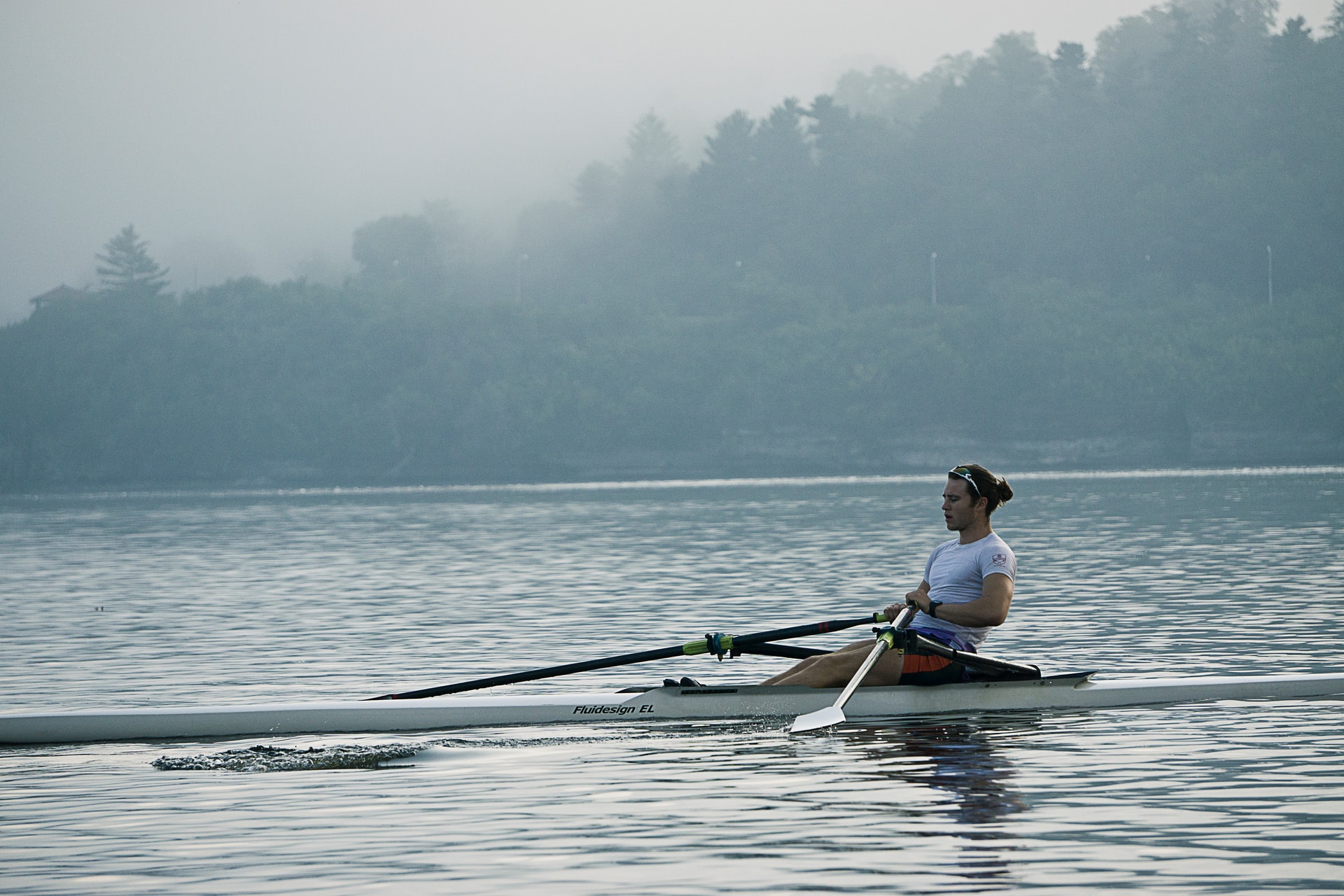
Kayaking Vs. Rowing: What’s the Difference? (8 Key Differences)
-
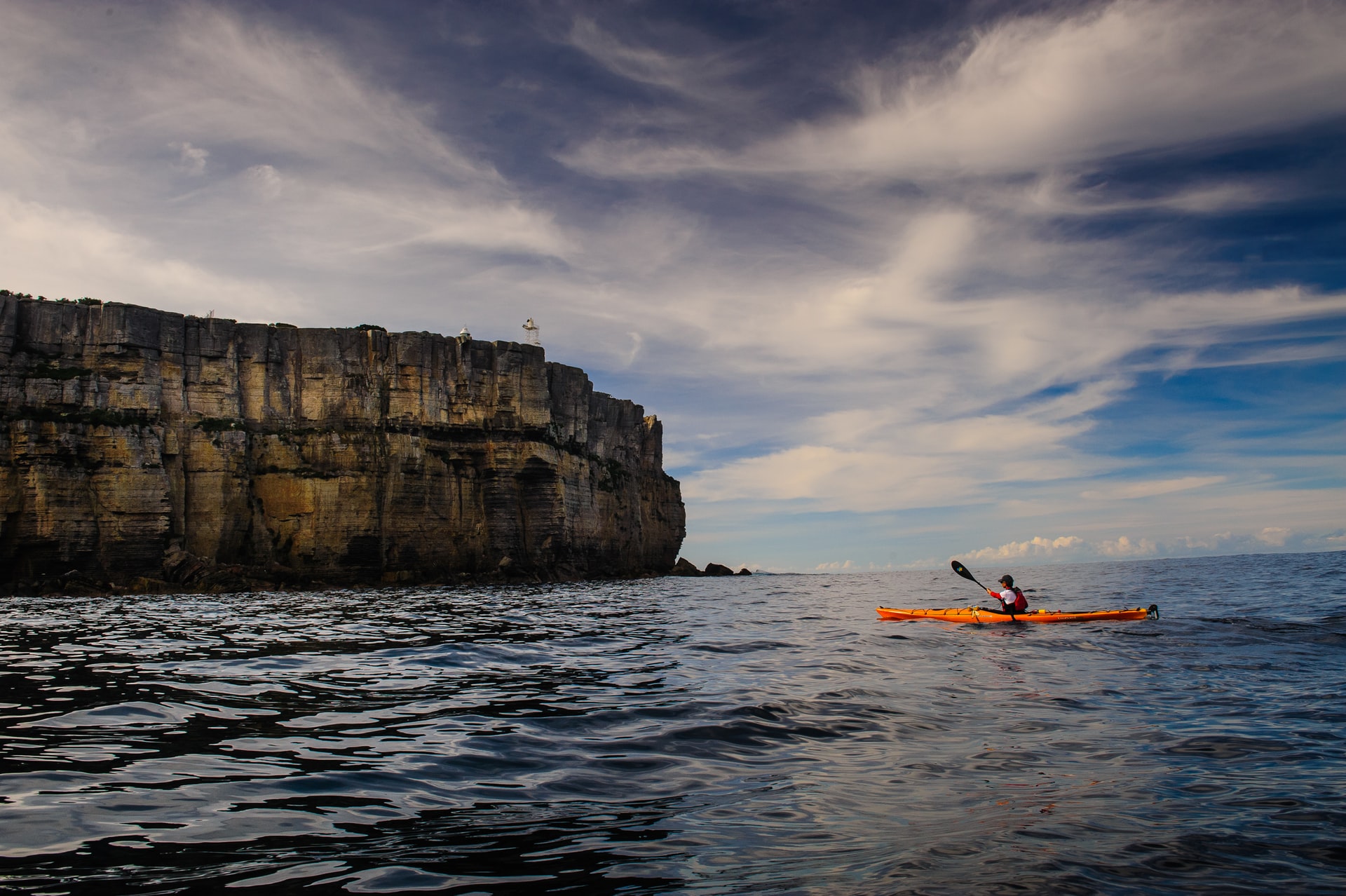
When Is It Too Windy for Kayaking? (Crucial Facts You Should Know)
-
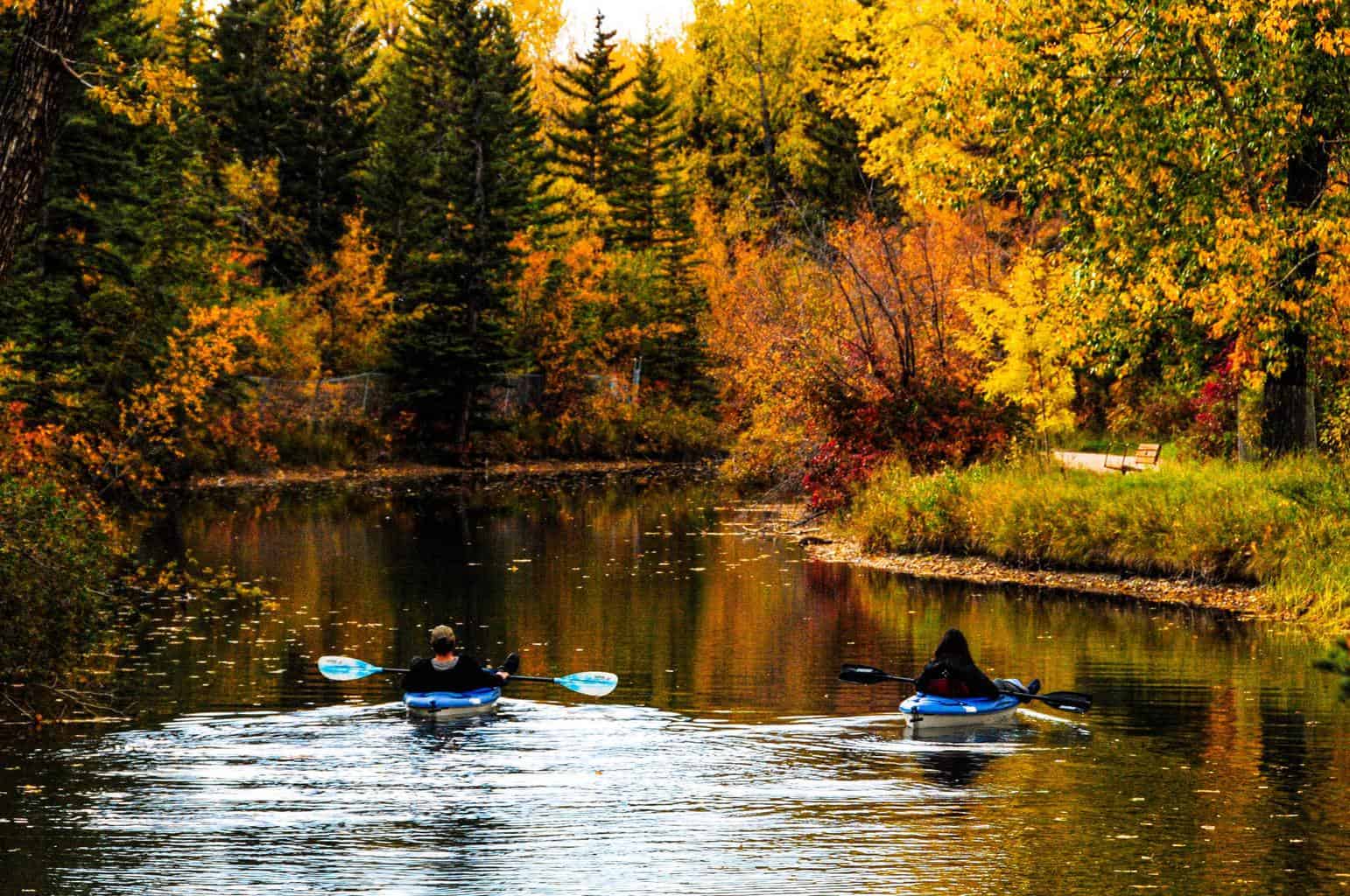
When to Go Kayaking? (What Every Kayaker Should Know)
-
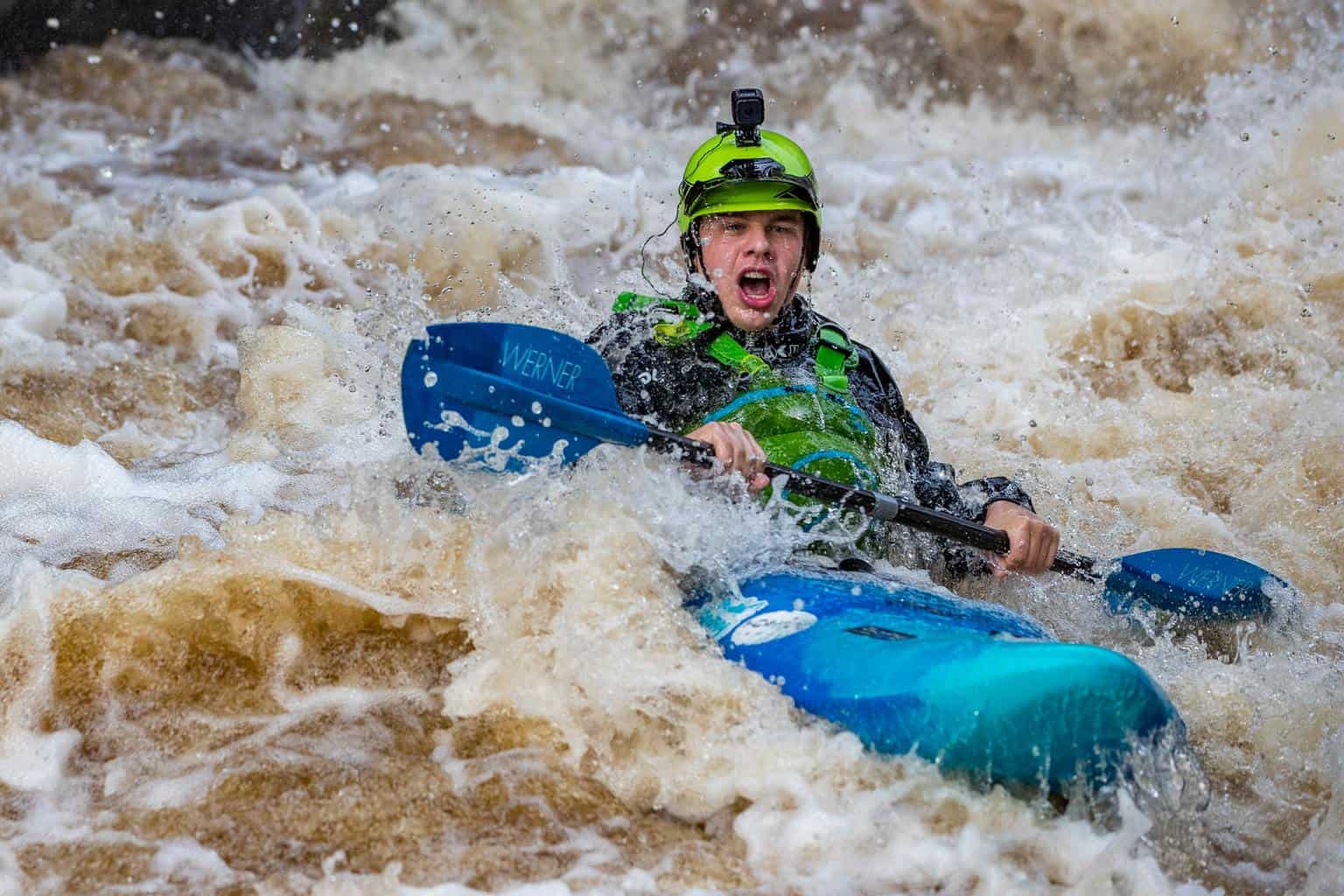
Will I Get Wet Kayaking? (Common Reasons & How to Stay Dry)
-
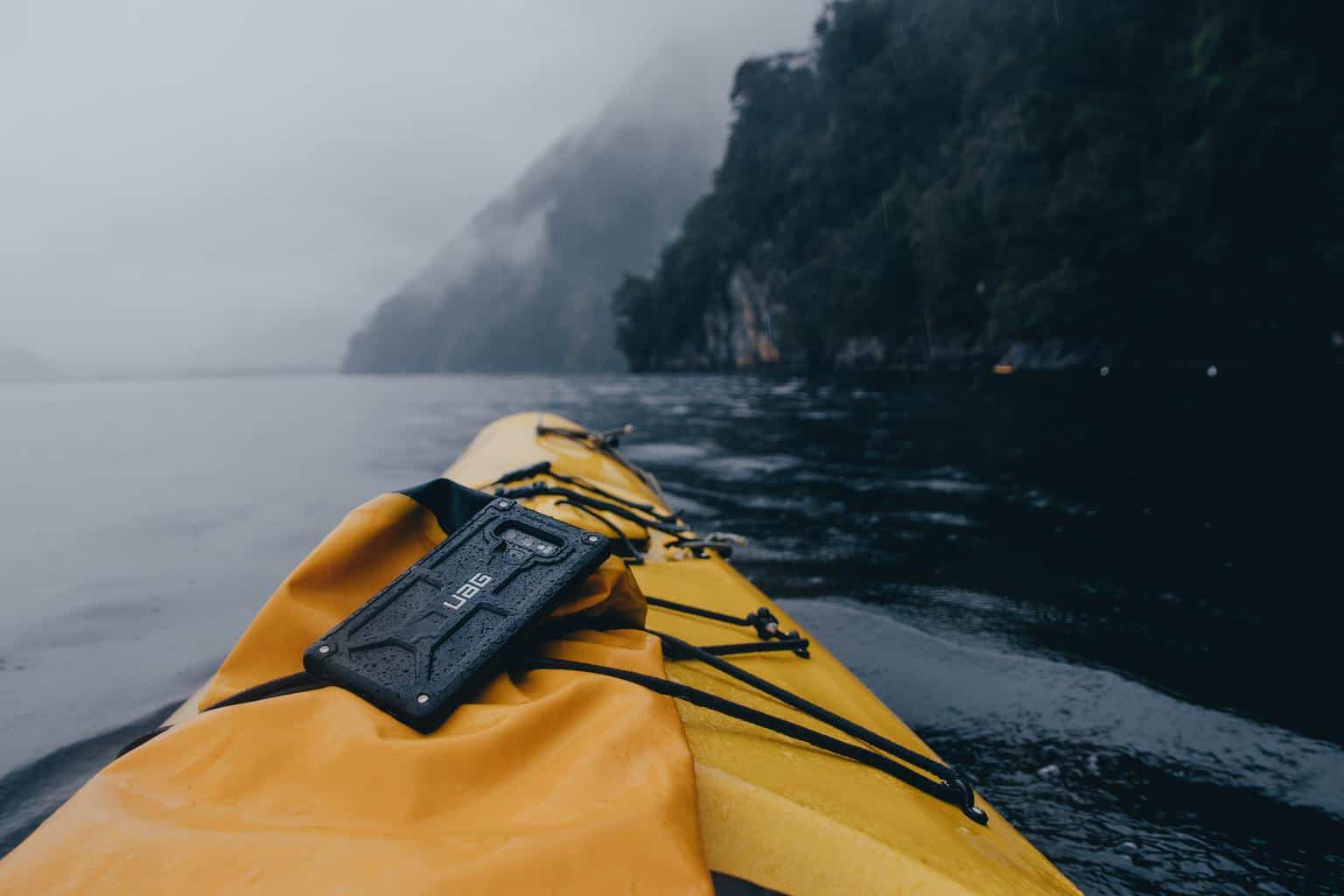
Should I Bring My Phone Kayaking? (7 Good Reasons)
-
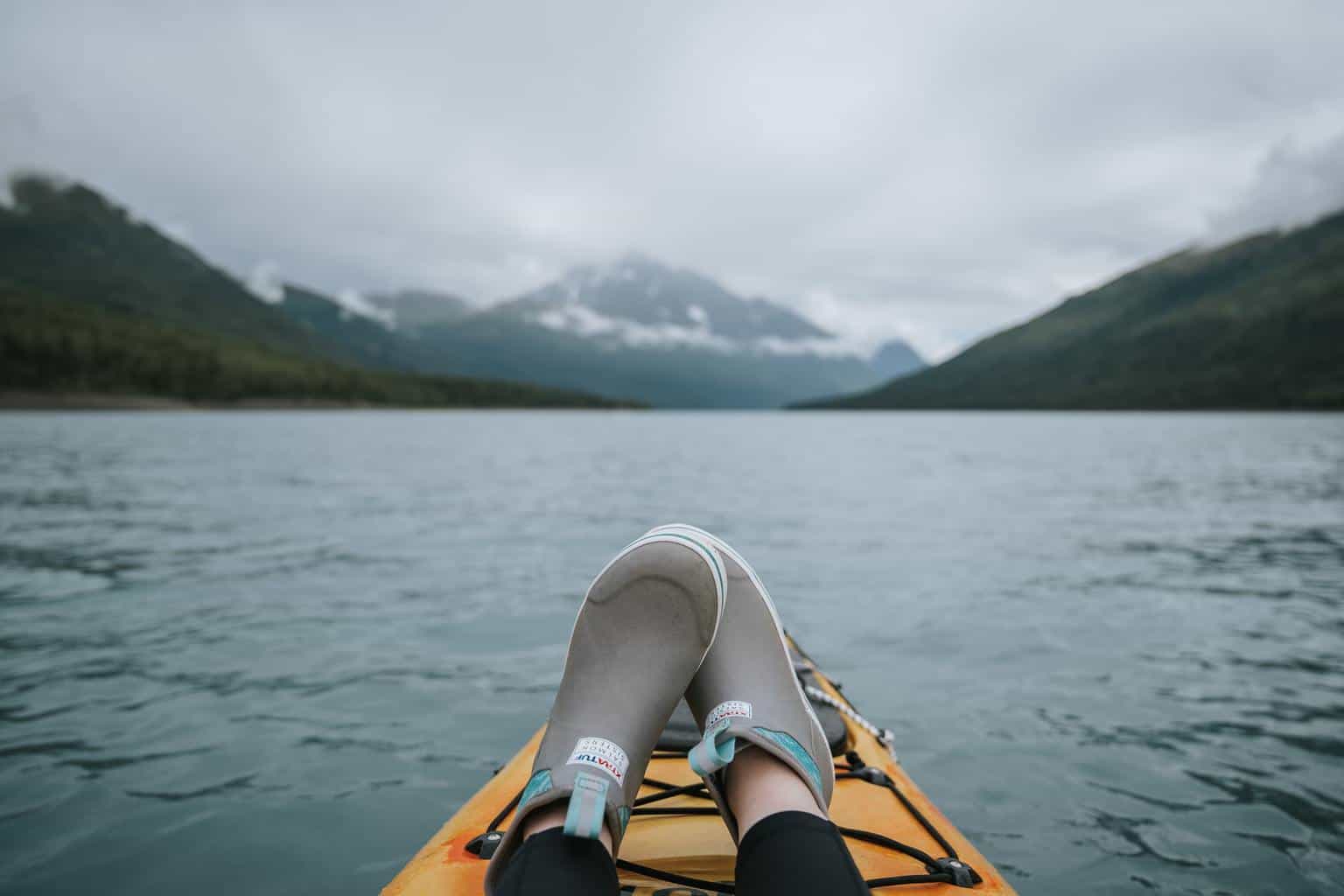
What Shoes to Wear Kayaking? (+ the Best Shoes for Your Needs)
-
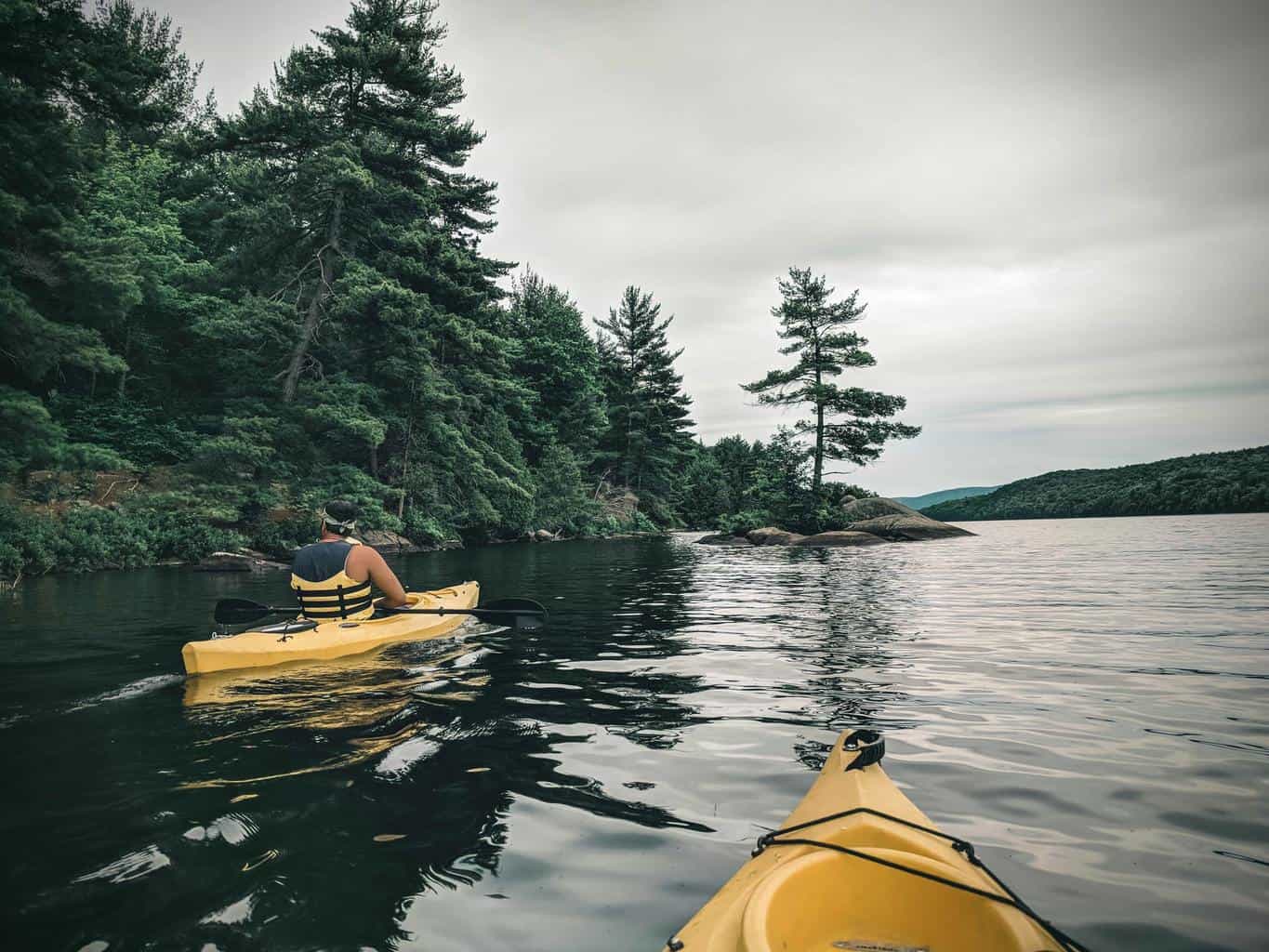
Can Kayaking Cause Chest Pain? (What Every Kayaker Should Know)
-
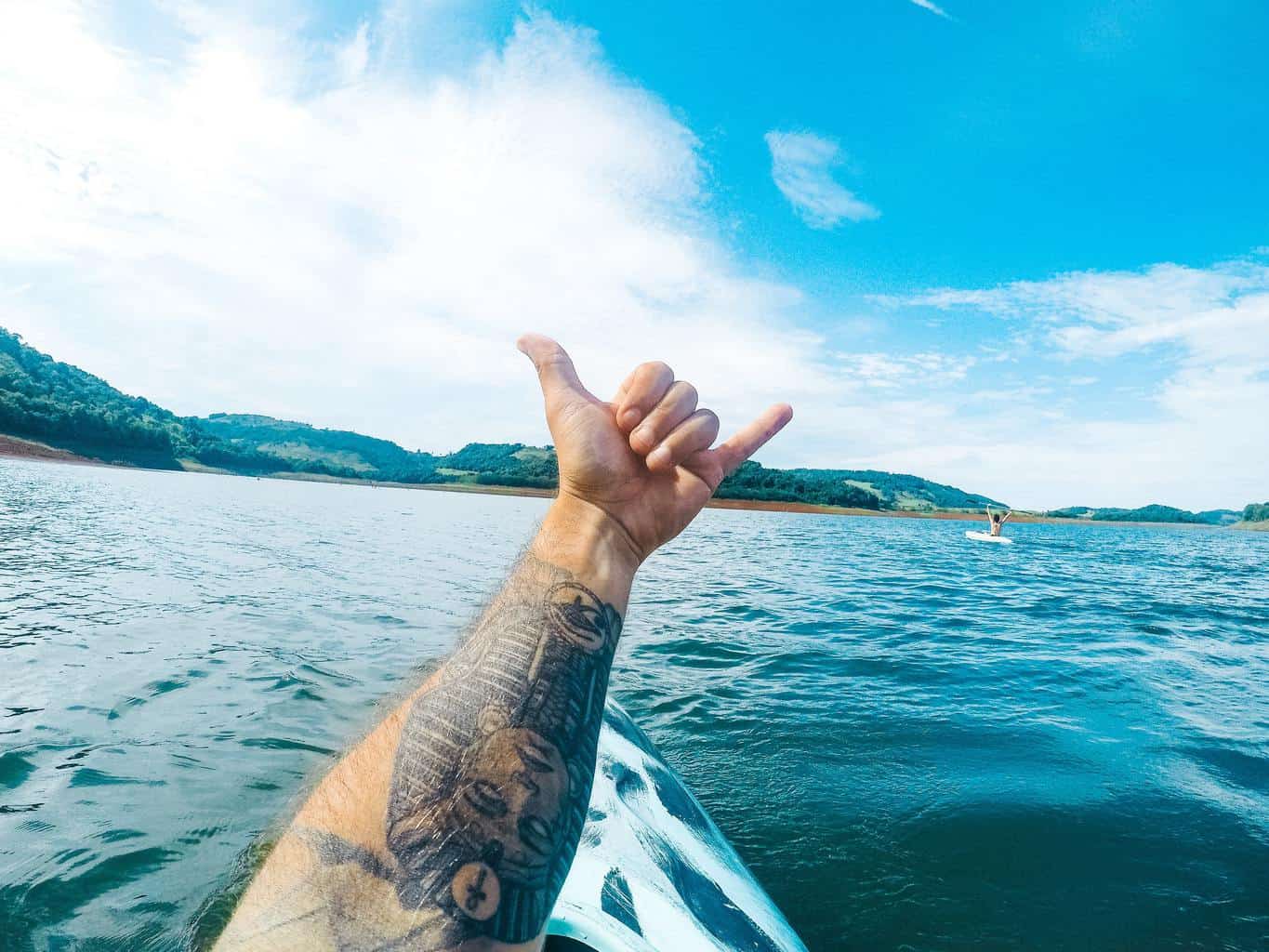
Can I Go Kayaking With a New Tattoo? (Facts You Should Know)
-
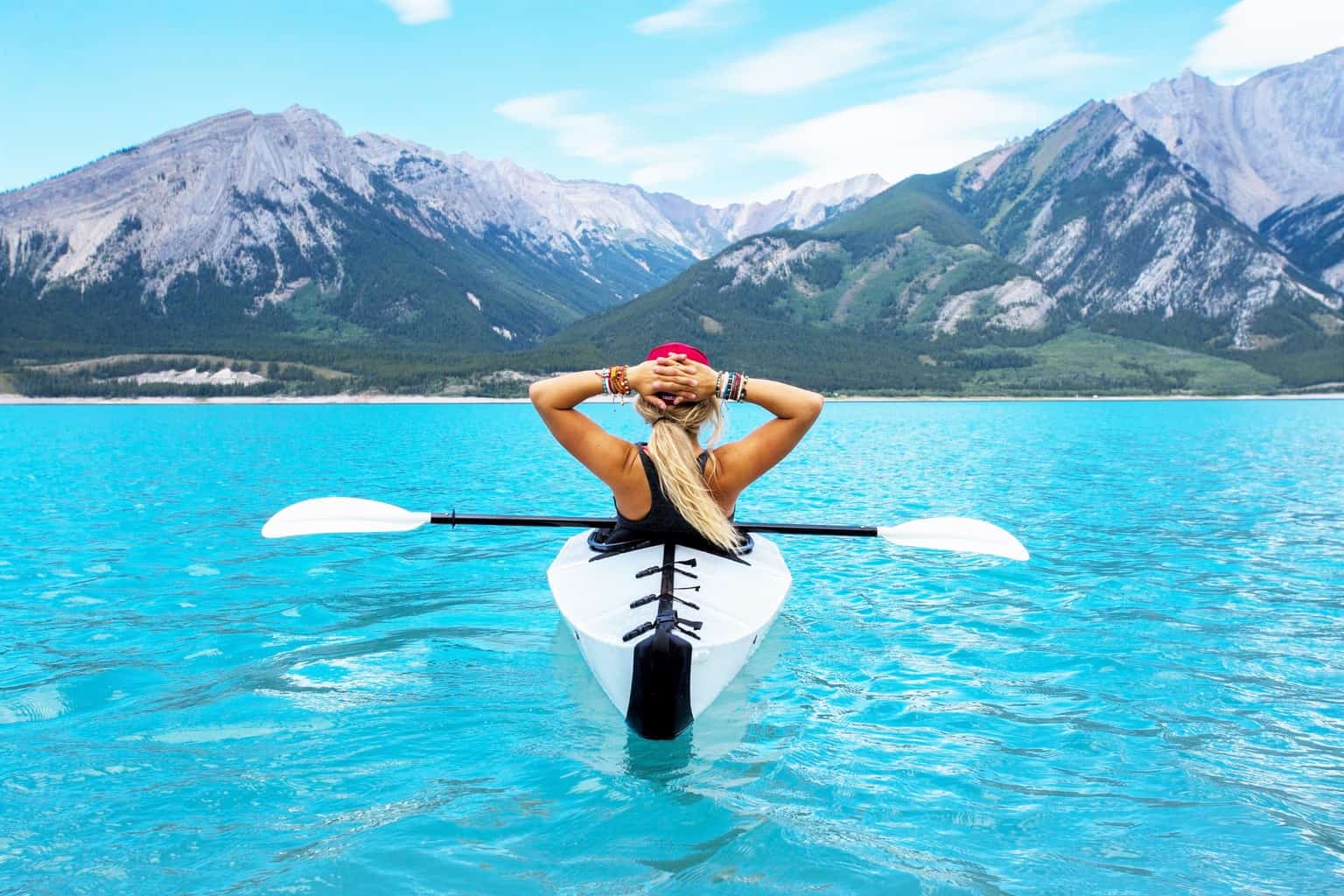
Can You Go Kayaking On Your Period? (+Practical Tips)
-
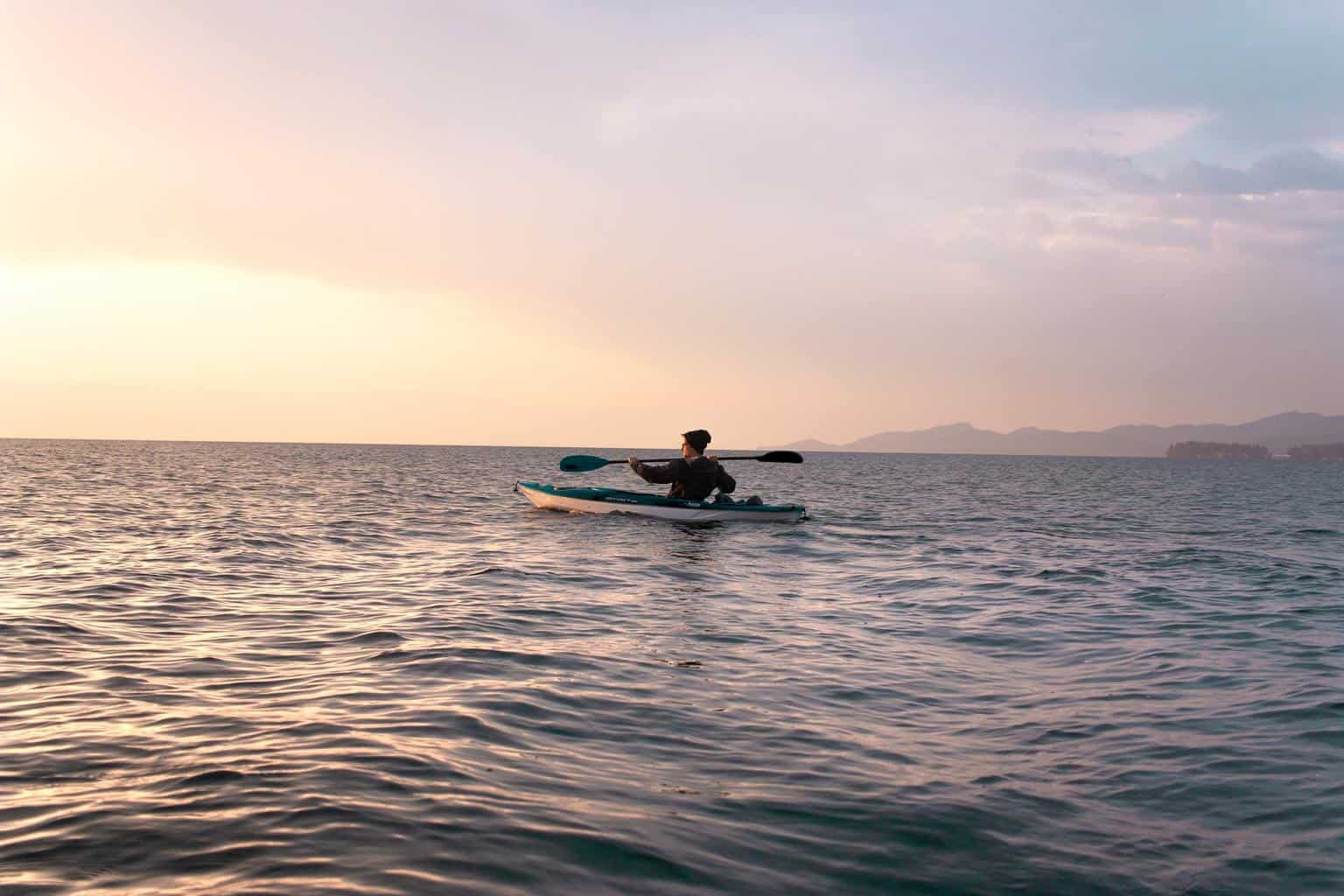
Can Kayaking Cause Hemorrhoids? (What Every Kayaker Should Know)
-
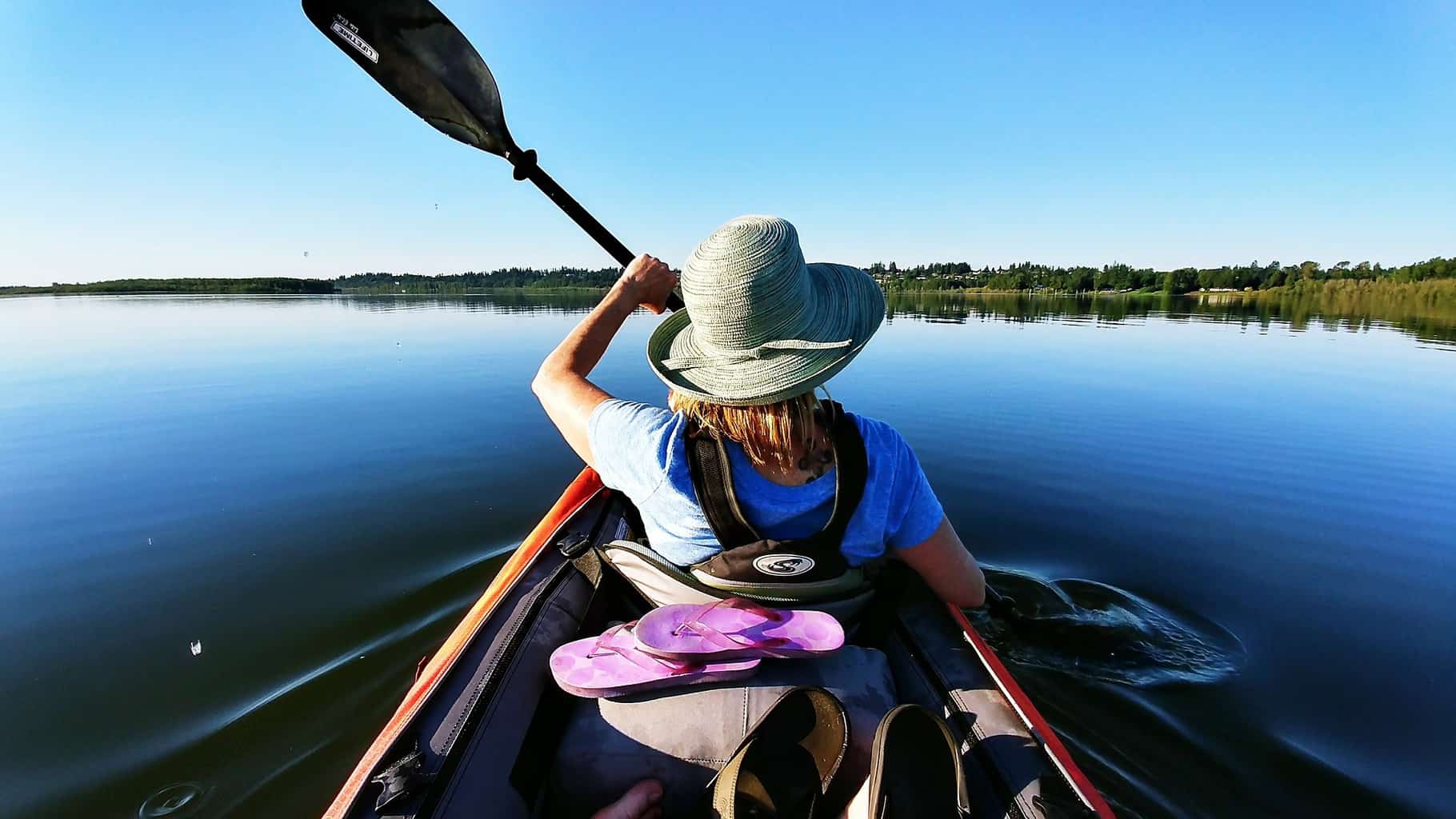
Can Kayaking Cause Tennis Elbow? (+8 Simple Tips to Avoid It)
-
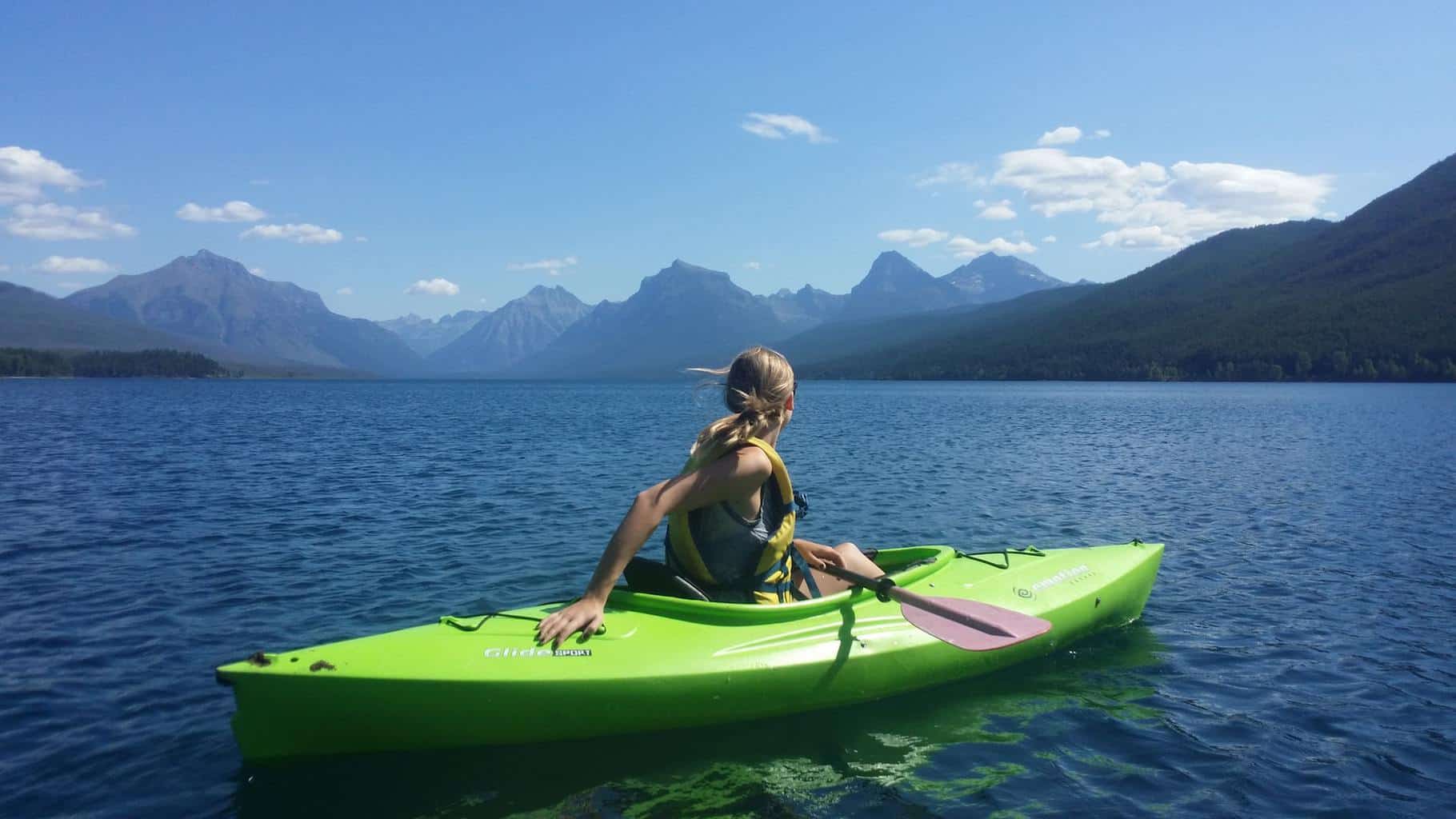
Can Kayaking Cause Sciatica? (+7 Tips to Avoid It)











